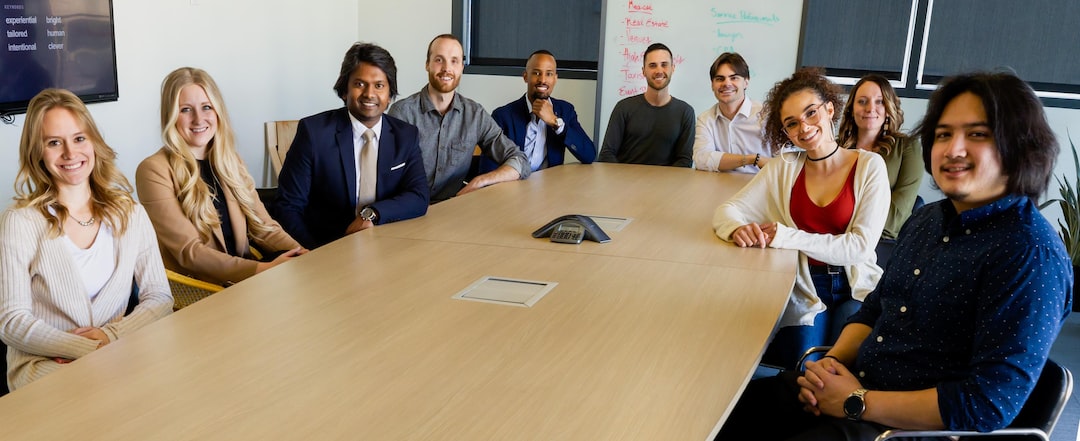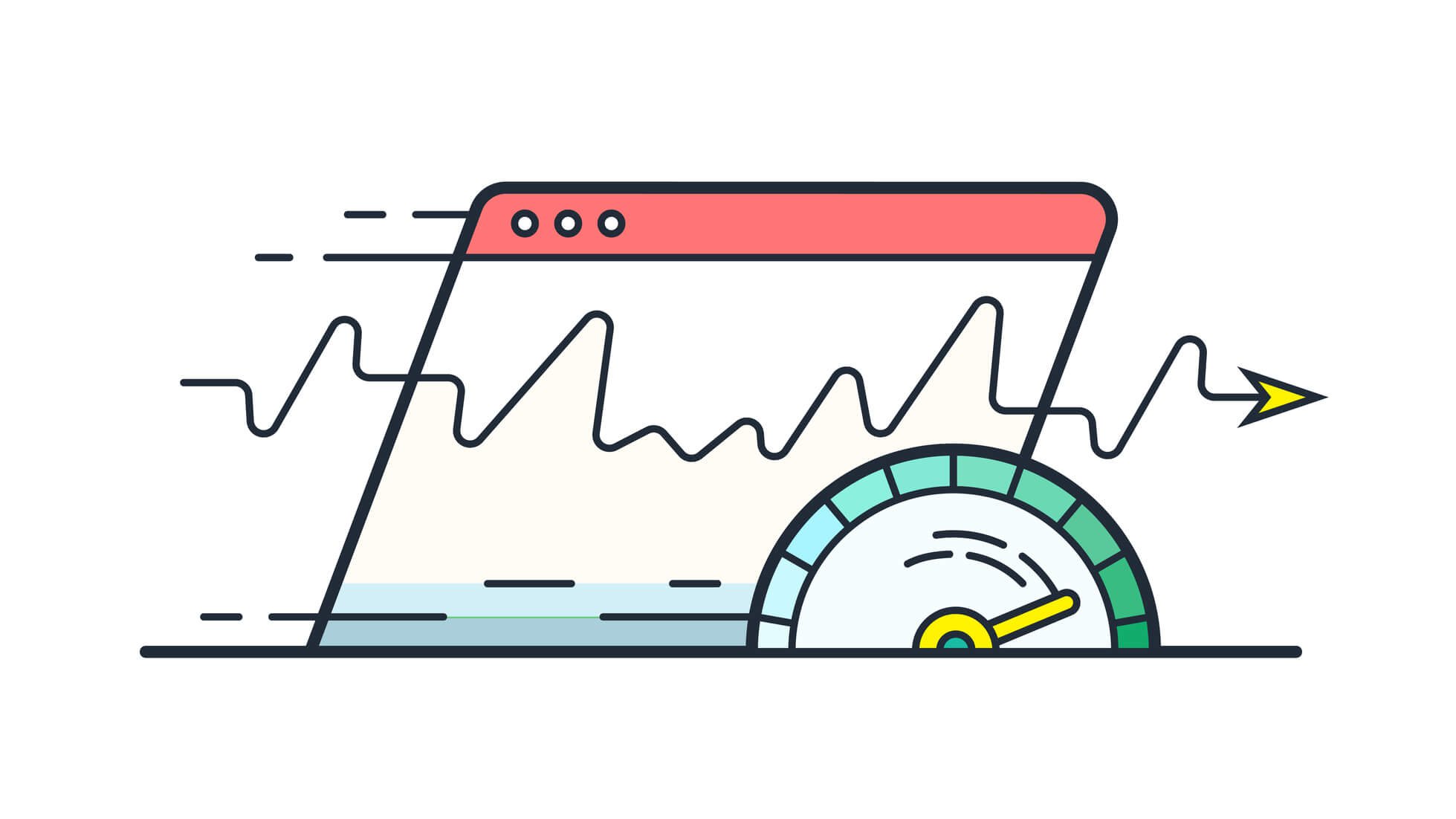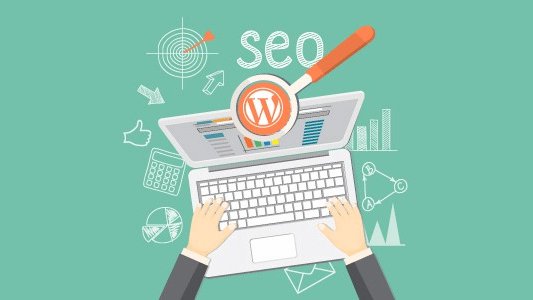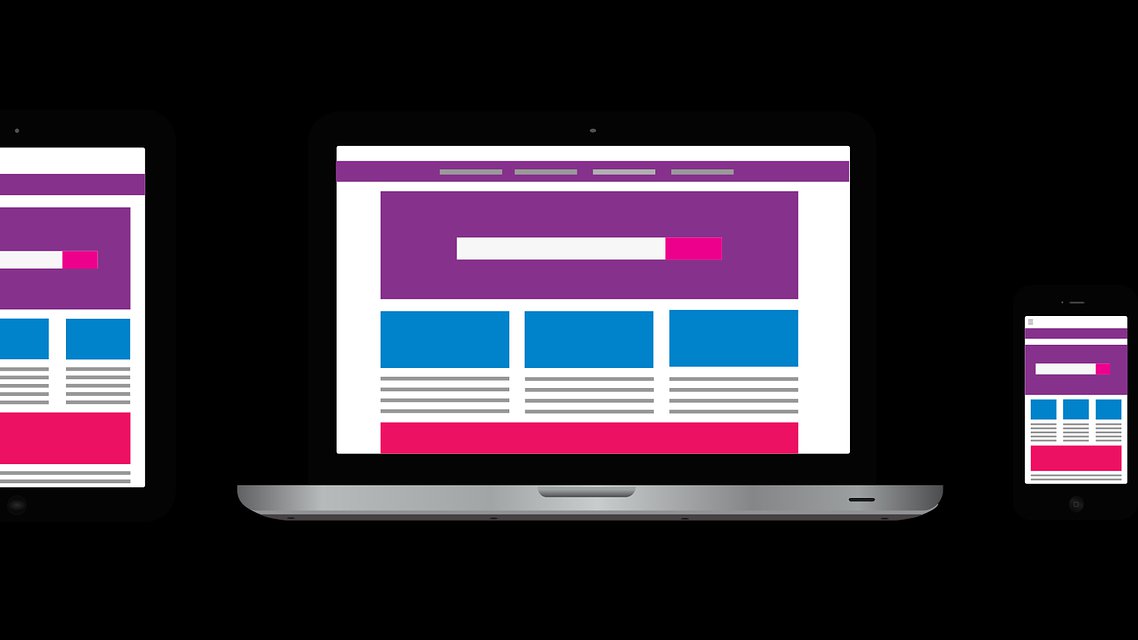In the competitive world of digital marketing, businesses need to employ effective strategies to boost their websites’ rankings and increase their visibility. One such strategy is on-page SEO, which involves optimizing various elements on a website to improve its search engine ranking. In this article, we will discuss the essential on-page SEO techniques that can help boost your website’s rank in search engine result pages (SERPs). These include keyword optimization, meta tags, heading tags, structured data, and more.
Table of Contents
- Keyword Optimization
- Meta Tags
- Heading Tags
- Structured Data & Schema Markup
- Content Formatting & Readability
- Image Optimization
- Internal Linking
- Page Speed & Mobile Optimization
- Social Sharing Integration
- Conclusion
Keyword Optimization
Keyword optimization is an essential aspect of on-page SEO, as it helps search engines understand the content’s relevance to a user’s search query. To optimize your content for keywords, you need to:
- Conduct keyword research: Identify popular and relevant search terms that users search in Google while looking for products, services, or information similar to what you offer.
- Include target keyword(s) in your content: Ensure to place your target keywords strategically in your content, such as within headings, meta tags, and throughout the text.
- Maintain keyword density: Balance the use of keywords without overstuffing or underutilizing them. Generally, aim for a keyword density of 1-3%.
- Utilize long-tail keywords: Long-tail keywords are longer and more specific search terms with lower search volumes but higher conversion rates. These can help attract more targeted traffic to your website.
Meta Tags
Meta Tags are HTML elements that provide information about a web page to search engines and users. Some important meta tags for on-page SEO are:
- Title Tag: The title tag is an HTML element that defines the title of a web page. It is displayed on SERPs and browser tabs. Ensure that each page on your website has a unique title tag that includes the primary keyword and brand name.
- Meta Description: A meta description is a brief summary of the web page’s content that appears below the title tag in SERPs. Write a compelling meta description that accurately describes your content and encourages users to click through to your website.
Heading Tags
Heading tags are essential for organizing and structuring your content, making it easier for both search engines and users to read. They range from <h1> (the most important) to <h6> (the least important). Follow these guidelines when using heading tags:
- Use only one
<h1>tag per page, usually for the page title. - Use
<h2>tags for main headings and<h3>to<h6>tags for subheadings. - Include your target keyword(s) in your
<h1>and<h2>tags.
Structured Data & Schema Markup
Structured data is a standardized format for providing information about a web page to search engines. Schema markup is a type of structured data that uses a vocabulary developed by Schema.org to help search engines understand your website’s content. By implementing structured data and schema markup, you can enhance your search results with rich snippets, improving your website’s visibility and click-through rate. Some popular schema markup types include:
- Article
- Product
- Event
- Recipe
- FAQ
- Review
Content Formatting & Readability
Well-structured and easy-to-read content is essential for retaining users on your website and encouraging them to engage with your content. To improve your content’s readability, follow these guidelines:
- Break down content into smaller paragraphs and bullet points
- Use bold, italic, underline, and other formatting styles where relevant to emphasize important points
- Write in a clear and concise manner
- Use simple language and avoid jargon
- Utilize images, infographics, and multimedia elements to support your text
Image Optimization
Optimizing images on your website is crucial for improving user experience and page speed. To optimize your images, apply these techniques:
- Resize and compress your images to reduce file size
- Use relevant and descriptive filenames
- Add alt text to your images to provide a description for visually impaired users and search engines
- Use responsive images to help your website load faster on different devices
Internal Linking
Internal linking refers to the process of connecting related pages on your website. It helps search engines understand your website’s structure and improves the user experience by providing related content. Some internal linking best practices include:
- Link to relevant and valuable content within the body of your text
- Use descriptive and keyword-rich anchor text
- Ensure that your internal links are dofollow to allow search engines to crawl and index them
- Regularly audit and update internal links to ensure they are not broken or outdated
Page Speed & Mobile Optimization
Fast-loading web pages are essential for a positive user experience and higher search engine rankings. To improve your page speed, follow these steps:
- Enable browser caching
- Minify HTML, CSS, and JavaScript files
- Optimize your website’s code and images
- Use a content delivery network (CDN)
In addition to page speed, ensuring that your website is mobile-optimized is crucial, as most users access the internet via their mobile devices. Implement a responsive design that adjusts your website’s layout based on the user’s device.
Social Sharing Integration
Integrating social sharing buttons on your website makes it easier for users to share your content on their social media profiles, increasing your website’s exposure and credibility. Popular social sharing platforms to integrate include Facebook, Twitter, LinkedIn, and Pinterest.
Conclusion
On-page SEO plays a critical role in boosting your website’s ranking on SERPs. By implementing the techniques discussed in this article, such as keyword optimization, meta tags, heading tags, structured data, content formatting, image optimization, internal linking, page speed, mobile optimization, and social sharing integration, you can significantly improve your website’s visibility and attract more targeted traffic. Remember that SEO is an ongoing process, so continually monitor and update your strategies to stay ahead of the competition.

















